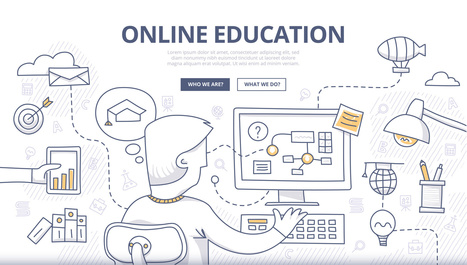I think the biggest challenge is how badly distance education is misunderstood. Online education isn’t something new; it’s a natural extension of classic DE theory. It’s also far from a second-rate activity. DE can be – and ought to be – every bit as effective than on-campus education in terms of student outcomes and academic achievement. Where that’s not the case, odds are that DE is being practiced poorly. DE is difficult to do well, and it takes what Michael G Moore and Greg Kearsley identified in 1996 as a ‘systems approach’. In other words, it’s not enough to just offer some courses at a distance. The entire organisation needs to be oriented around and dedicated to the success of the distance student. DE done poorly does not reflect a systems approach.
Via Peter Mellow



 Your new post is loading...
Your new post is loading...













